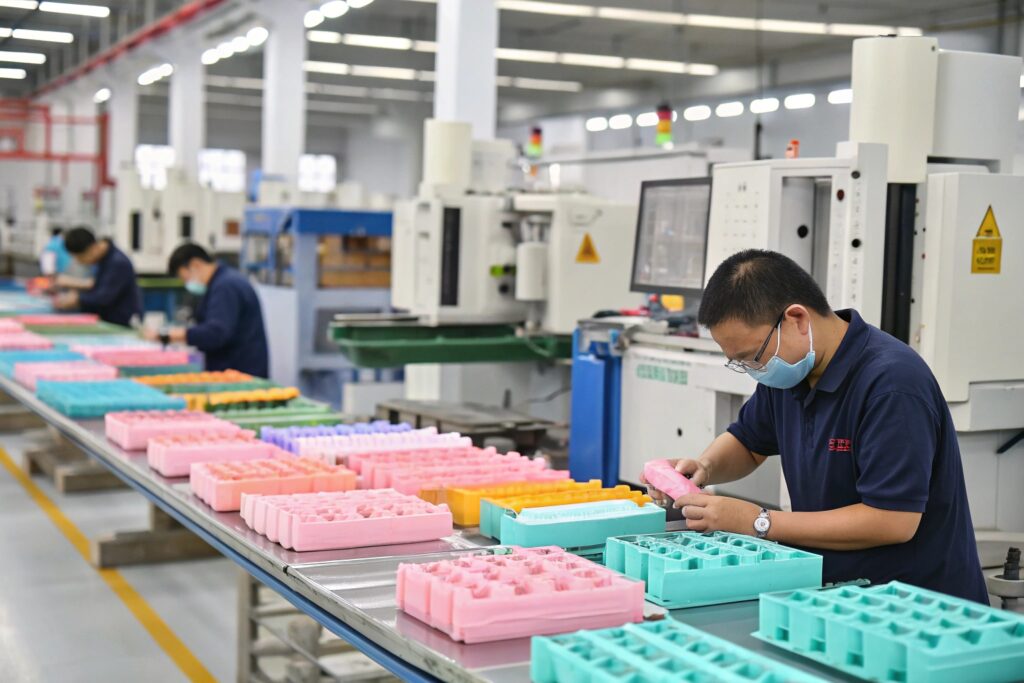For decades, claw clips were simple plastic molds sold in bulk. But in today’s fast-moving fashion and beauty industry, that’s no longer enough. Buyers now demand better grip, more elegant designs, faster trend response, and eco-conscious materials.
The claw clip industry is undergoing a quiet transformation. From biodegradable materials and automation to 3D mold design and hybrid color techniques, innovation is changing how claw clips are made and sold.
If you're sourcing claw clips in 2025, it's time to understand what the most advanced manufacturers are doing—and why it matters to your bottom line.
What Are the Most Advanced Materials Used in Claw Clips?
Traditional plastic clips crack easily and fade under sun exposure. That’s why we’ve shifted to better materials that enhance both style and sustainability.
Today’s claw clips can be made from cellulose acetate, wheat straw composites, and bio-resins—offering superior strength, flexibility, and visual appeal.
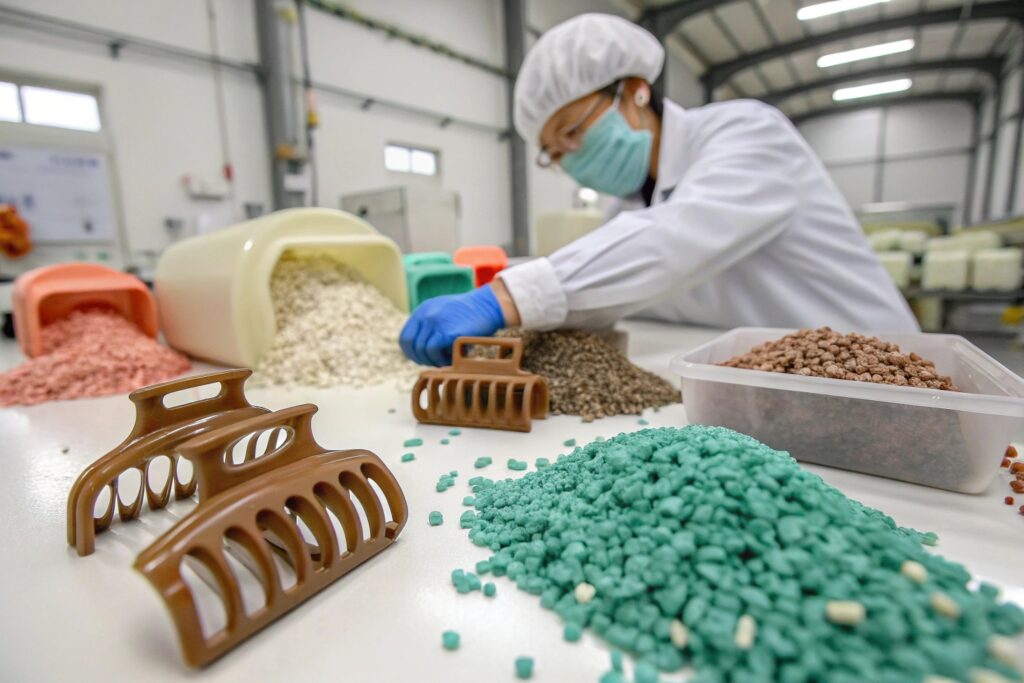
Why Choose Cellulose Acetate?
- It’s a natural material derived from wood pulp
- Offers glossy, marble-like finishes
- Flexible yet durable—ideal for premium clips
What Are Bio-Resin Alternatives?
Some factories now offer clips made from biodegradable polymers blended with starch or bamboo. These are more sustainable and appeal to eco-conscious markets, especially in Europe.
How Has Claw Clip Design Evolved Through Technology?
Modern clip design goes far beyond aesthetics. Buyers want comfort, secure hold, and trend-forward shapes. That’s where design software and rapid prototyping shine.
At HairAcc, we use 3D modeling to create ergonomic shapes, smoother tension, and styles optimized for various hair types and global fashion trends.
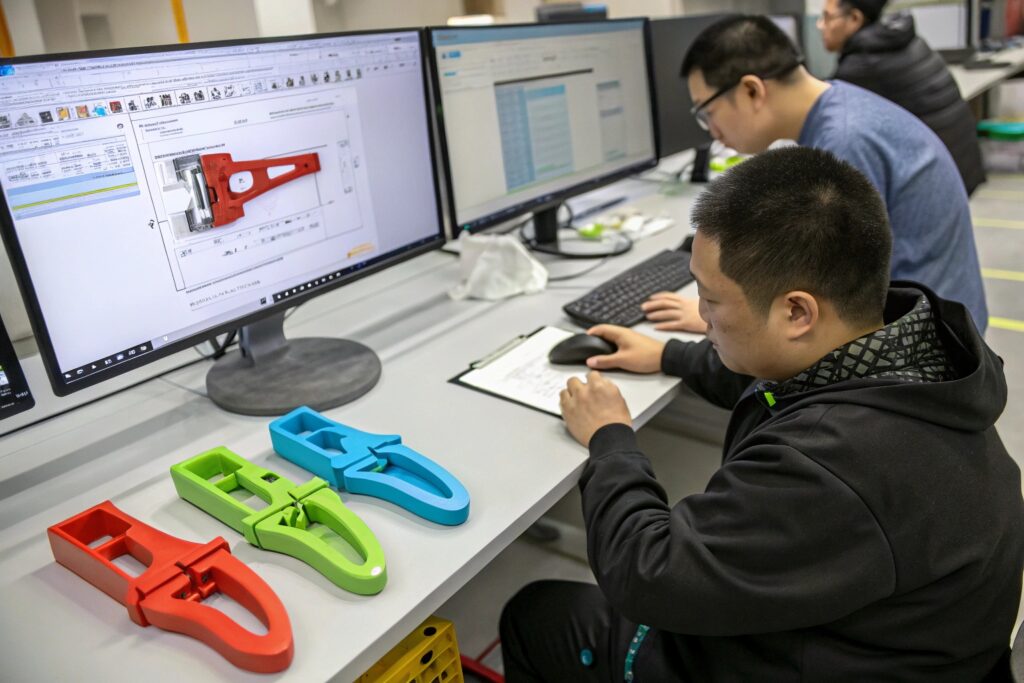
What Are the Latest Design Tools?
- CAD software for mold accuracy
- 3D printing for sample speed
- Simulations for tension and comfort
What’s Popular Now?
Butterfly-wing shapes, oversized retro claws, and pastel matte finishes continue to trend. We prototype dozens of new looks monthly and test market feedback through fast sampling cycles.
What Role Does Automation Play in Claw Clip Production?
Labor costs and precision expectations have driven top factories to automate. While hand assembly remains important, automation handles consistency and output speed.
We use semi-automated injection lines, color batching systems, and even robotic part handling to boost speed and minimize defects.
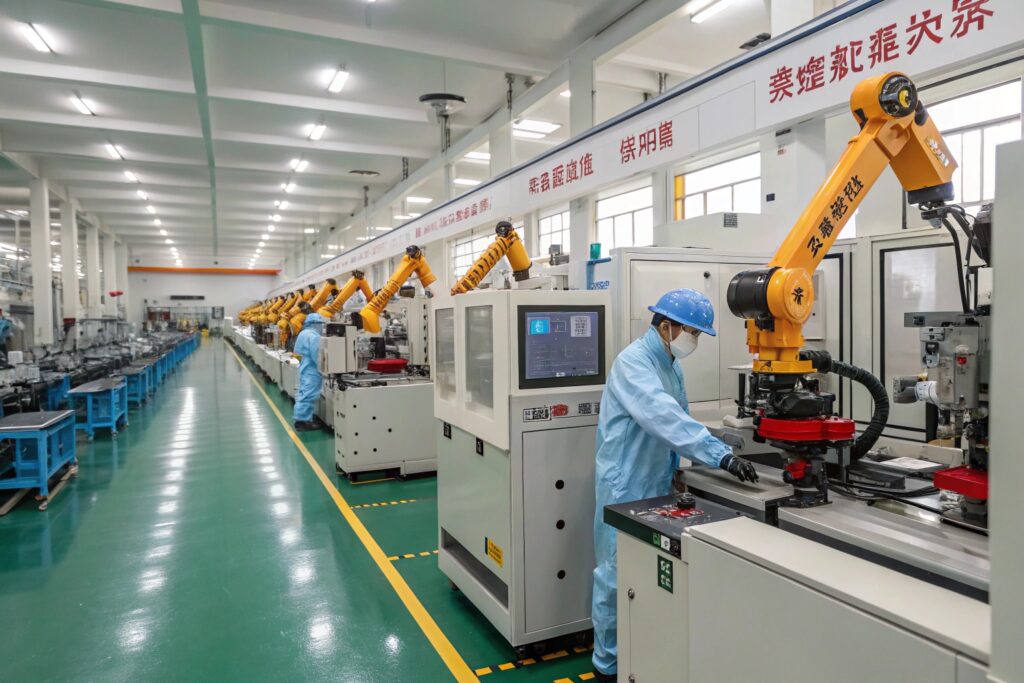
How Has Automation Improved Output?
| Innovation | Impact |
|---|---|
| Digital molding | Tighter shape tolerance |
| Auto pigment mix | No color mismatch across batches |
| CNC trimming | Smoother edges and symmetry |
What Is Semi-Automated Assembly?
Some clips require hand placement of springs or gems. But pre-fed springs, batch fixtures, and guided jigs now help speed this up while ensuring human QC at each step.
What’s New in Surface Finishes and Color Trends?
A claw clip’s finish decides whether it gets bought—or ignored. We’ve pushed the envelope with new surface techniques that add fashion-forward detail without raising costs dramatically.
From soft-touch matte coatings to marble swirl patterns and gradient color dips, innovative finishes help claw clips look boutique—even at wholesale pricing.
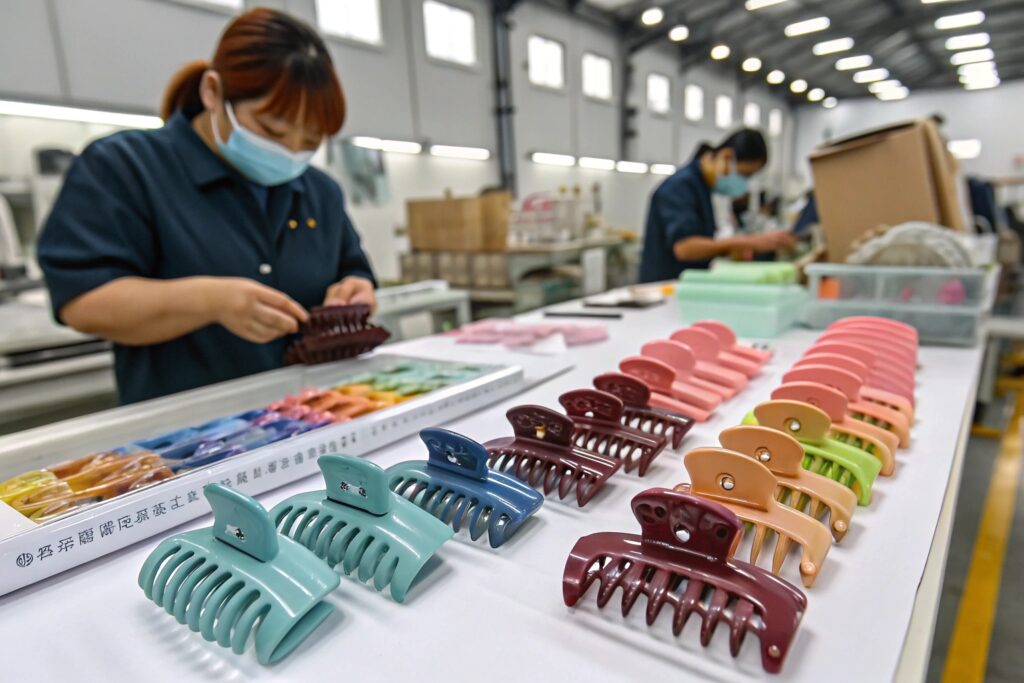
What Finishes Are Trending?
- Matte touch: Velvet-like feel, scratch-resistant
- Water transfer: Realistic floral and abstract prints
- Foil stamp: Metallic accents without flaking
How Do We Ensure Finish Durability?
We conduct scratch tests, salt spray tests (for metal add-ons), and drop trials. Each finish type must pass our internal threshold for retail viability, especially for e-commerce sellers.
Conclusion
Innovation in claw clip manufacturing is no longer just for high-end brands—it’s the new standard. At HairAcc, we embrace these technologies to help our buyers win in their markets.
Whether you’re sourcing for a fashion chain, an influencer brand, or your own private label, you’ll benefit from stronger, trendier, and more sustainable claw clips that ship fast and perform well. Want to explore the newest models? Let’s build your next collection together.

